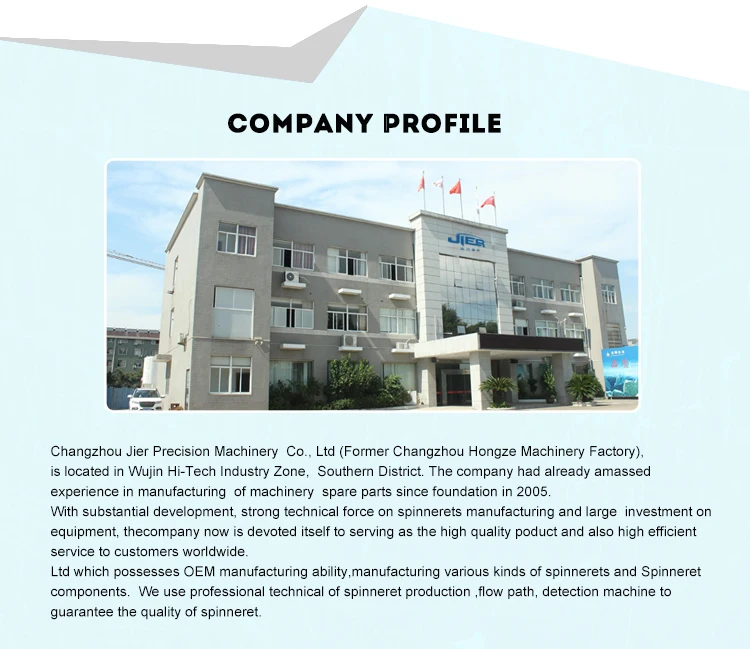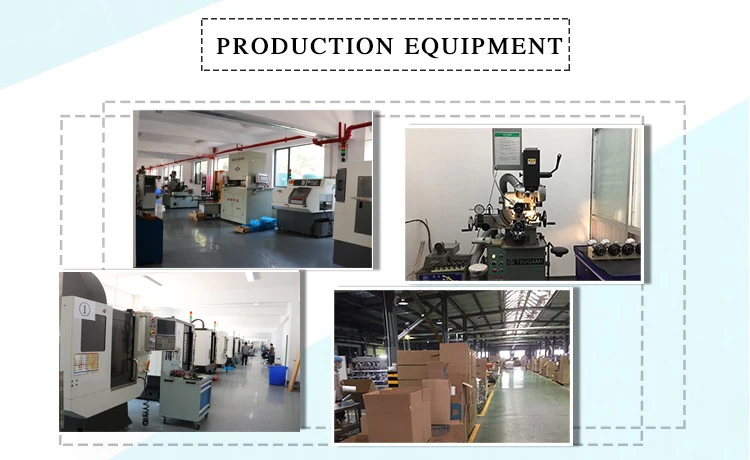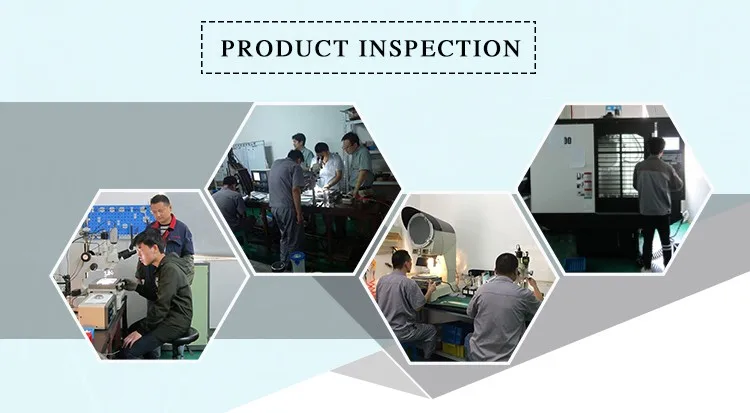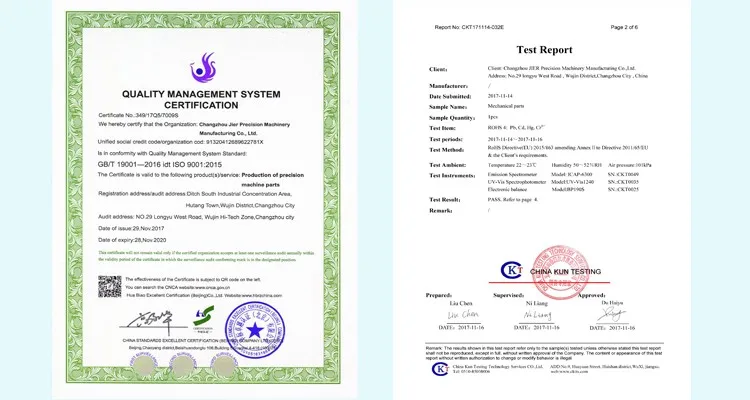Thermocouples are one of the most commonly used temperature detection devices in the industry. Its advantages are:
  
1 high measurement accuracy. Because the thermocouple is directly in contact with the measured object, it is not affected by the intermediate medium.
  
2 wide measurement range. Common thermocouples can be measured from -50 to +1600°C. Some special thermocouples can measure at least -269°C (such as gold, iron, nickel-chromium) and up to +2,800°C (such as tungsten-germanium).
  
3 simple structure, easy to use. Thermocouples are usually composed of two different types of wire, and are not limited by the size and the beginning. They have a protective sleeve and are very convenient to use.
  
1. Thermocouple Temperature Measurement Fundamentals
  
Two different material conductors or semiconductors A and B are welded together to form a closed loop. When there is a temperature difference between the two sticking points 1 and 2 of the conductors A and B, an electromotive force is generated between the two sticking points 1 and 2 so that a current of a size is formed in the loop. This phenomenon is called a thermoelectric effect. Thermocouples use this effect to work.
  
2. Thermocouple type and structure formation
  
(1) Types of thermocouples
  
Commonly used thermocouples can be divided into standard thermocouples and non-standard thermocouples. The called standard thermocouple refers to a thermocouple whose national standard stipulates the relationship between thermoelectric potential and temperature, tolerance, and a unified standard indexing table. It has its own display instrument for selection. Unstandardized thermocouples are less than standard thermocouples in terms of range of use or magnitude, and there are generally no uniform index tables, which are mainly used for measurement in certain special occasions. Standardized thermocouple
  
From January 1, 1988 onwards, thermocouples and thermal resistances were all produced according to IEC international standards, and seven standardized thermocouples designated as S, B, E, K, R, J, and T were our unified design thermocouples.
  
(2) The structure of the thermocouple To ensure reliable and stable operation of the thermocouple, its structural requirements are as follows:
  
1 The welding of the two hot electrodes forming the thermocouple must be firm;
  
2 The two hot electrodes should be well insulated from each other to prevent short circuit;
  
3 The connection between the compensation wire and the free end of the thermocouple should be convenient and reliable;
  
4 The protective sleeve should ensure that the hot electrode is fully isolated from harmful media.
  
3. Thermocouple cold junction temperature compensation
  
Because thermocouple materials are generally more expensive (especially when using precious metals), and the distance from the temperature measurement point to the instrument is very far. In order to save the thermocouple material and reduce the cost, the cold end of the thermocouple is usually used to compensate the wire (free The end) extends into a relatively stable temperature control room and is connected to the meter terminals. It must be pointed out that the role of thermocouple compensation wire only extends the thermode, so that the cold junction of the thermocouple moves to the instrument terminal of the control room. It does not eliminate the influence of the temperature change of the cold junction on the temperature measurement and does not compensate. Therefore, other correction methods need to be used to compensate for the effect of temperature at the cold junction temperature t0≠0°C.
  
When using a thermocouple to compensate for the wire, it must be noted that the model matches, and the polarity cannot be connected wrongly. The temperature of the connecting wire of the compensation wire and the thermocouple cannot exceed 100°C.
  
Classification of temperature measuring instruments
  
The temperature measuring instrument can be divided into contact type and non-contact type according to the temperature measurement method. In general, the temperature measuring instrument for contact-type temperature measuring instruments is relatively simple and reliable, and the measuring accuracy is high; however, since the temperature measuring element and the measured medium need to perform sufficient thermal exchange, it takes a certain time to reach the thermal balance, so there is measurement. The temperature delay phenomenon, while limited by high temperature materials, cannot be applied to very high temperature measurements. The non-contact meter temperature measurement is based on the principle of thermal radiation. The temperature measurement element does not need to be in contact with the measured medium. It has a wide temperature range, is not limited by the upper limit of the temperature, and does not destroy the temperature field of the measured object. The reaction speed is generally faster. However, due to external factors such as the emissivity, measurement distance, smoke and dust, and moisture of the object, the measurement error is relatively large.
  
Thermal resistance application principle
  
Thermal resistance is one of the most commonly used temperature detectors in low and medium temperature areas. Its main features are high measurement accuracy and stable performance. Platinum thermal resistance is the highest measurement accuracy. It is widely used not only in industrial temperature measurement but also as a standard reference instrument.
  
1. Thermal resistance temperature measurement principle and material
  
Thermal resistance temperature measurement is based on the characteristic that the resistance value of the metal conductor increases as the temperature increases. Most of the thermal resistance is made of pure metal materials. At present, platinum and copper are the most widely used materials. In addition, the use of dian, nickel, manganese, and tantalum has been used to manufacture thermal resistors.
  
2. Thermal resistance structure
  
(1) Proficient thermal resistance
  
From the principle of temperature measurement of the thermal resistance, it can be seen that the change in the measured temperature is directly measured by the change in the resistance of the thermal resistor. Therefore, the change in the resistance of the lead wire, such as the thermal resistor body, will affect the temperature measurement. In order to eliminate the influence of lead resistance, three-wire or four-wire systems are used in the same way.
  
(2) Armored thermal resistance
  
Armored thermal resistor is a solid body composed of a temperature sensing element (resistor), lead wire, insulating material, and stainless steel bushing. Its outer diameter is generally φ2~φ8mm, and the minimum is φmm.
  
Compared with common thermal resistance, it has the following advantages: 1 small size, no internal air gap, thermal inertia, small measurement lag; 2 good mechanical properties, vibration resistance, impact resistance; 3 can bend, easy to install 4 long service life .
  
(3) Face heat resistance
  
The end face thermal resistance temperature sensing element is wound by a specially treated resistance wire and is attached to the end face of the thermometer. The structure is shown in Figure 2-1-8. Compared with general axial thermal resistance, it can more accurately and quickly reflect the actual temperature of the tested end face, and is suitable for measuring the end face temperature of the bearing pad and other parts.
  
(4) Flameproof thermal resistance
  
The flameproof thermal resistance is limited to the junction box by the special structure of the junction box, and the explosion of the explosive gas mixture inside the shell due to sparks or arcs is limited to the explosion in the production site. Flameproof RTDs can be used for temperature measurement in explosion-hazardous areas in Bla-B3c zones.
  
3. Composition of thermal resistance temperature measurement system
  
Thermal resistance temperature measurement system is generally composed of thermal resistance, connecting wires and display instruments. Must pay attention to the following two points: 1 The thermal resistance and the index number of the display instrument must be the same
  
2 In order to eliminate the influence of the change in the resistance of the connecting wire, a three-wire connection must be used
  
(2) Armored thermal resistance
  
Armored thermal resistor is a solid body composed of a temperature sensing element (resistor), lead wire, insulating material, and stainless steel bushing. Its outer diameter is generally φ2~φ8mm, and the minimum is φmm.
  
Compared with common thermal resistance, it has the following advantages: 1 small size, no internal air gap, thermal inertia, small measurement lag; 2 good mechanical properties, vibration resistance, impact resistance; 3 can bend, easy to install 4 long service life .
  
(3) Face heat resistance
  
The end surface temperature resistance temperature sensing element is wound by a specially treated resistance wire, and it is closely attached to the end face of the thermometer. Compared with the general axial resistance, it can more accurately and quickly reflect the actual temperature of the measured end face. It is suitable for measuring bearings. And other parts of the end surface temperature.
  
(4) Flameproof thermal resistance flameproof type thermal resistance through the special structure of the junction box, the explosion of the inner shell of the mixture of gas due to spark or arc and other shadow resistor body repair must inevitably change the length of the resistance wire and affect the resistance value, For this reason, it is better to replace the new resistor body. If soldering is used for repair, it must be verified after passing the soldering.
The precision parts on the chemical fiber spinning machine are also called spinning heads. The shape of the spinneret is generally hat shaped, circular plate-shaped or corrugated, and there are many holes of the same size on the surface.
2. Size: Customized




Delivery Details : 30 working days

Q: Are you trading company or manufacturer ?
Q: Do you provide samples ? is it free or extra ?
Q: What is your terms of payment ?
If you have another question, please feel free to contact us.
Spinneret Nozzle,Spandex Fiber Die Head,Spandex Spinneret Die Head,Nozzles Of Spandex Jet
Changzhou Jier Precision Machinery Manufacturing Co., Ltd. , https://www.jier-spinneret.com